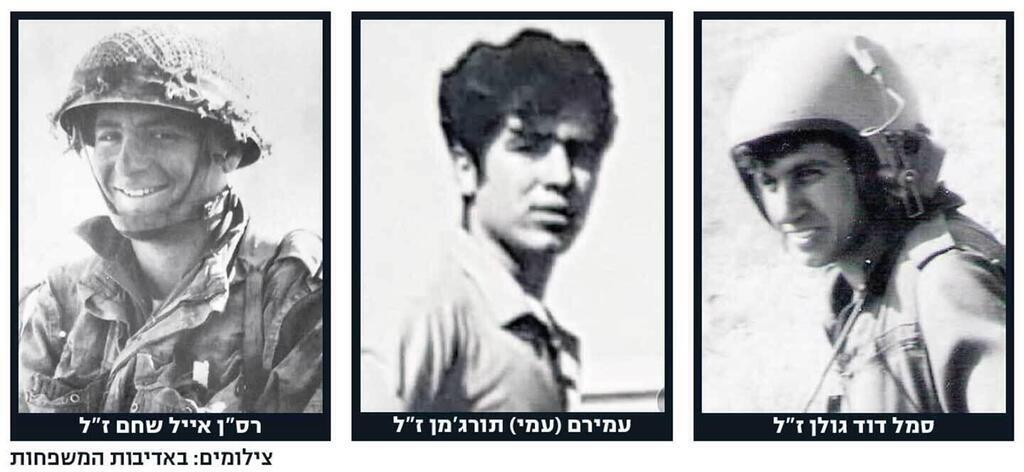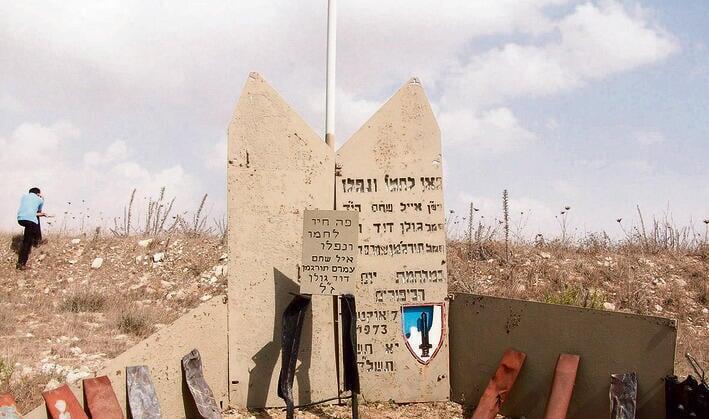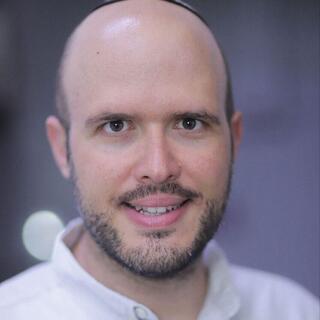For 50 years, Moshe Nili kept silent about his memories of the 1973 Yom Kippur war. He and his tank mates stopped Syrian forces from advancing on the second day of the war, at the northern-most tip of the Golan Heights. Only he survived.
More stories:
"I could not allow myself to go back to the trauma and the moments I tried so hard to deny," He told Ynet's sister publication Yedioth Ahronoth in an interview. "But I understand that the families are getting older and a new generation needs to immortalize those events." Nili recently sat down with members of the families of his commander Eyal Shaham to describe the battles where he, David Golan and Ami Turgeman died.
2 View gallery


Eyal Shaham, Ami Turgeman, David Golan killed in the 1973 Yom Kippur War
(Photo: Courtesy of the families )
"It was a real catastrophe," he said. "We could not imagine that we were at war but the planes were bombing us and tanks were shooting at our tank. Eyal stood exposed for hours and commanded the fight, he directed the artillery shells while the Syrian forces surrounded us. It was thanks to him that they were not able to cross the anti-tank ditch and win the battle," he said.
"I begged him to get inside and close the hatch, but he said someone has to be outside to run the war," Nili said, biting his lip to stop his tears. "After long hours, a mortar shell breached the armor and Eyal, David and Ami were killed on the spot. Eyal's last words to me were 'Someone must stay up on top to direct the artillery.'
Eyal's widow Miki Shaham-Stein said she was privileged to hear about her husband's final hours and understand his dedication and leadership.
A number of weeks after the war, Eyal's father, himself a Lt. Col. In the IDF, built a memorial for his son and his crew, made of the burned-out remnants of his tank. He placed it at the exact location of his death, just beyond the frontier, on what is now Syrian territory.
2 View gallery


The memorial erected in memory of the tank crew that blocked the advancing Syrian forces on the Golan Heights in the Yom Kippur war
(Photo: Courtesy of the Turgeman family )
Until the outbreak of the Syrian civil war, the families were able to visit the site but the situation on the ground became increasingly complicated. The IDF devised a plan to move the memorial into Israeli territory but security tensions prevented its execution. Now the families say they prefer to leave the memorial in its place and avoid any harm coming to soldiers who would be tasked with the move.
But 50 years after that battle, a ramp is being built that will look out at the memorial. It is a joint effort of the Defense Ministry and the Jewish National Fund.
"I've been roaming around the Golan Heights for years, looking for a vantage point from which I would be able to see the memorial," Shaham-Stein says. We now have a place where we can stop and hear the story of the heroism of this tank unit that was whipped out in that war. They deserve to be remembered and their contribution to be appreciated. Eyal Ami and David will not be forgotten anymore," she said. For his valor in battle, her husband received a posthumous medal of honor.


